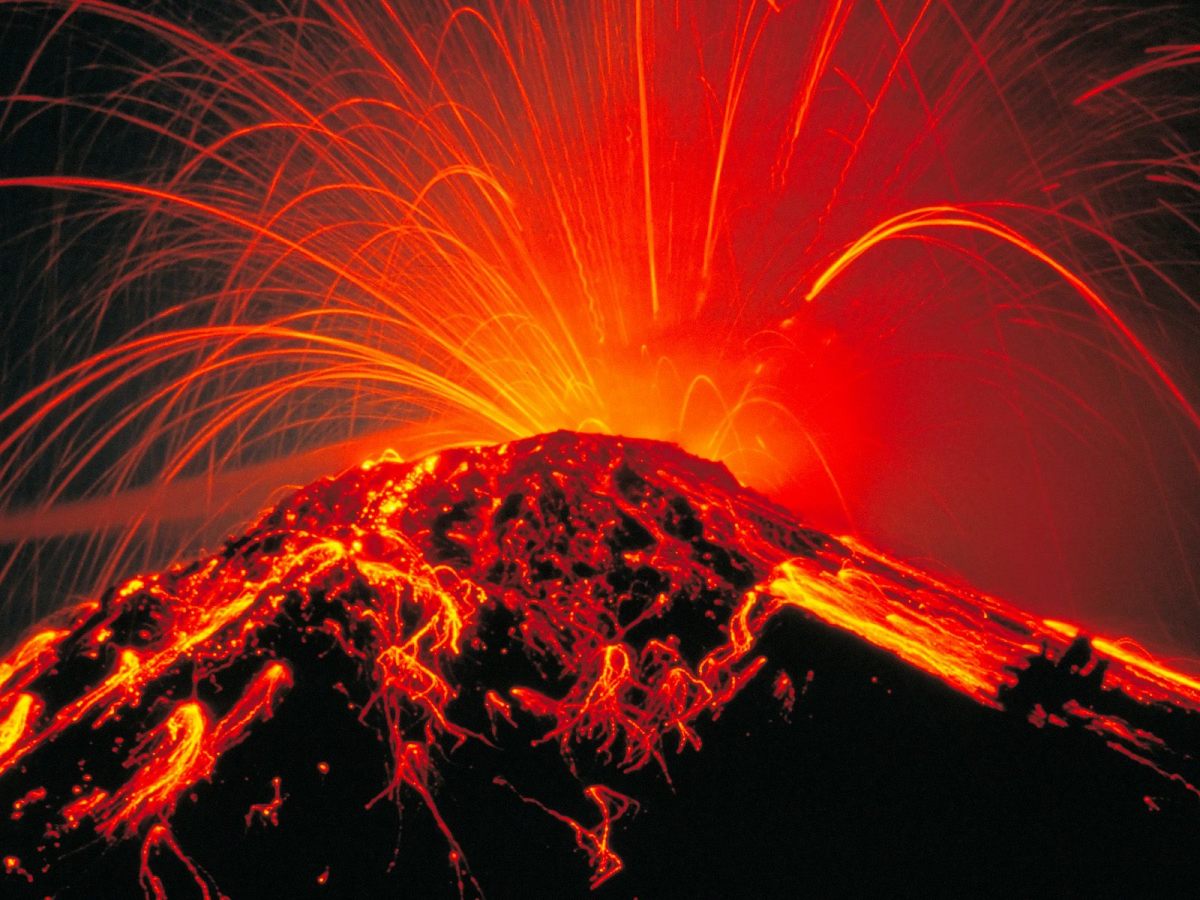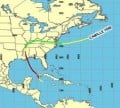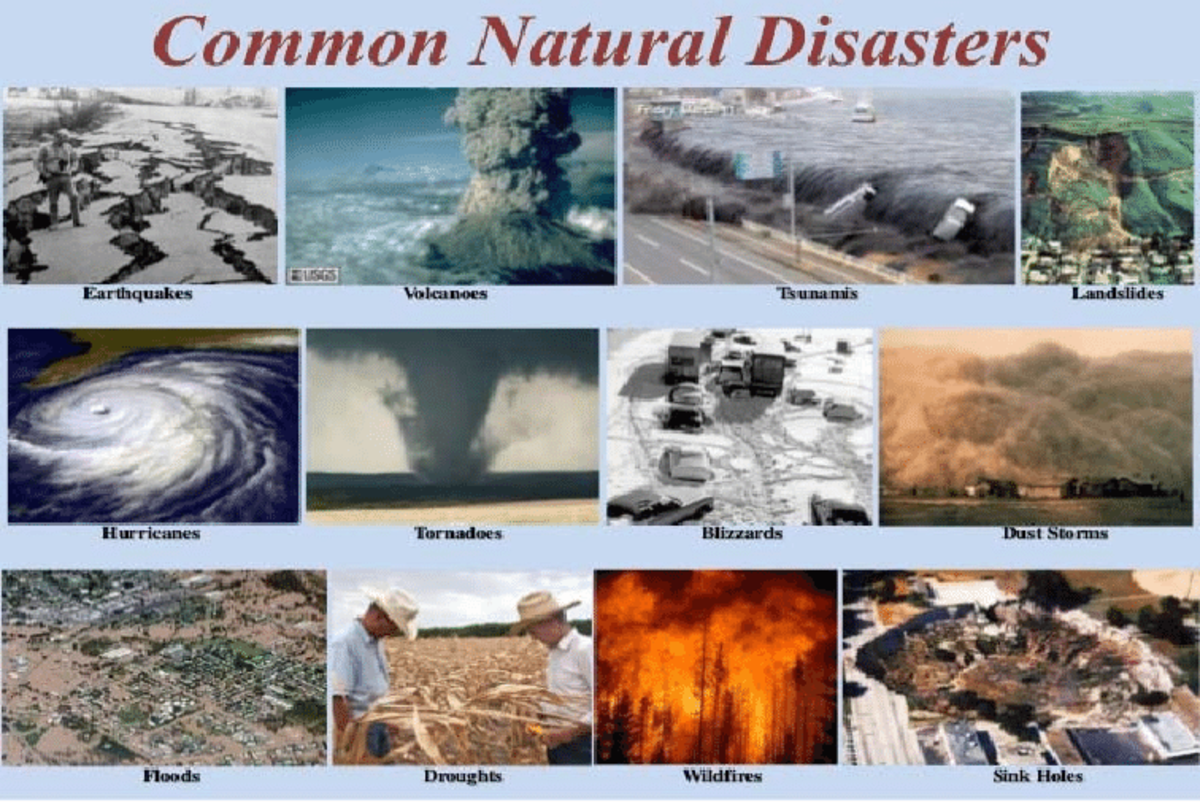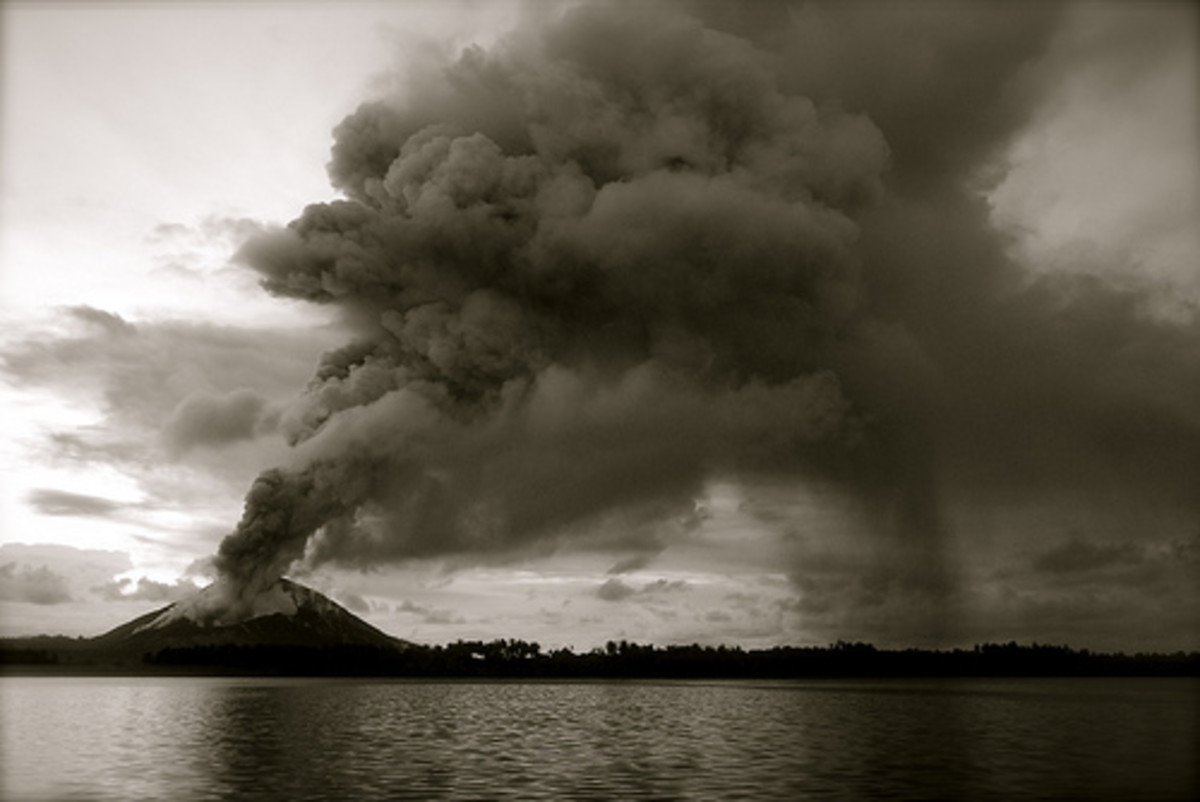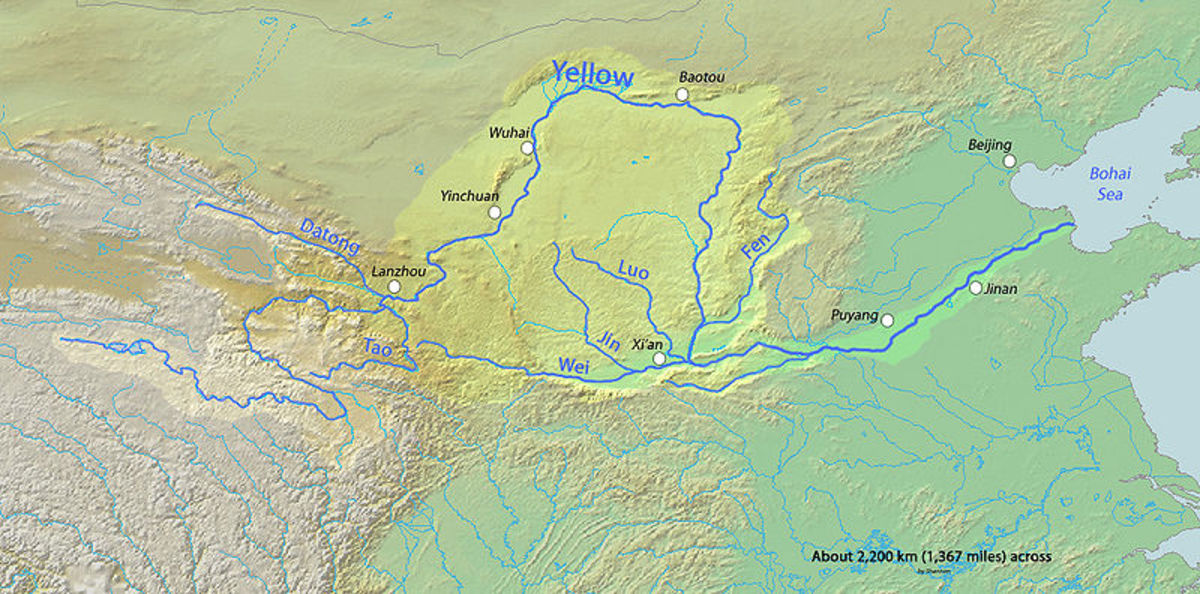Recent Natural Disasters - the Worst Cyclones, Hurricanes and Tornadoes
Aftermath of Tornado, May 2013, Moore, Oklahoma
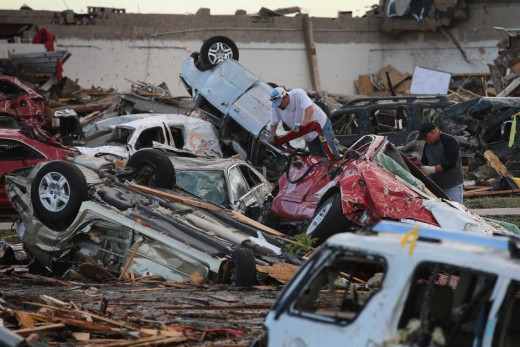
On 31 May 2013, another Tornado ripped through Oklahoma near Moore, killing a mother and her child. Interstate 40 has been closed down and many vehicles have been wrecked. Moore has not yet recovered from the devastating Tornado of 20 May 2013.
This article is a follow on from "Recent Natural Disasters - the Worst Earthquakes". The theme is the common perception that natural disasters are occurring more frequently as well as becoming more intense. I address seven types of natural disasters (Earthquakes, Fires, Floods, Avalanches, Cyclones/Hurricanes, Tsunamis and Volcanoes) while exploring this issue. Pickrell (cited below) argues that scientists state natural disasters are not becoming either more frequent or stronger in nature. He says that natural disasters are more able to cause damage because population density and consequent development is on the rise, especially in coastal areas. The other side of the story is represented in the Sydney Morning Herald article (cited below) stating that 2010 was the second worst year for natural disasters since 1980 with 950 recorded disasters, 295,000 people dead and a disaster cost of $130 billion. My argument is that increased media coverage and technology is why many think there are more and more severe natural disasters than before.
This aspect of the series will focus on these wind storms, describing some of the worst events in recent history.
Cyclones, Hurricanes and Tornadoes
Tropical cyclones are a type of strong windstorm. In the Atlantic Ocean area, tropical cyclones are called hurricanes. In the southern oceans they are often called cyclones and in Asia they are often called typhoons.
Tornadoes, also called twisters, are twisting wind storms. They occur on every continent except Antarctica.
Tornadoes occur more frequently in Tornado Alley, United States than anywhere else in the world.
Useful Information About Tornado Alley
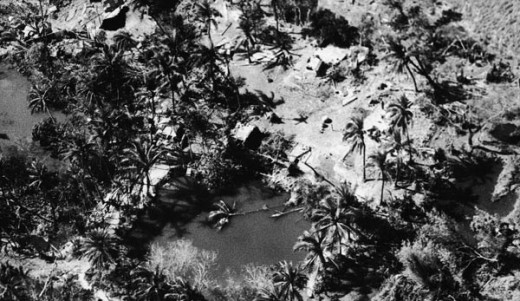
1970 - Cyclone Bhola - Highest Recorded Death Toll
On 12 November 1970 the deadliest tropical cyclone ever recorded decimated what was then East Pakistan (now Bangladesh). Up to 500,000 people were killed. Most died in terrible storm surges, where up to 85% of homes were destroyed in some areas. In the worst affected region of Tazumuddin, nearly half of the 167,000 strong population was wiped out. Winds up to 115 kilometres per hour lashed the Bay of Bengal coast and the Ganges Delta, destroying agriculture and overwhelming islands, carrying away entire villages. One result was a devastating famine responsible for many deaths.
In an unusual twist, Cyclone Bhola contributed to the formation of the new nation of Bangladesh. The Pakistani government was extremely lax in its recovery efforts. This triggered a political backlash resulting in a civil war, the 'Bangladesh Liberation War' of 1971. East Pakistan ultimately seceded and became the independent nation of Bangladesh.
Tracy - Positive Survivor

1974 - Cyclone Tracy
Cyclone Tracy struck Darwin and the Tiwi Islands, Australia on Christmas morning, killing 74 people and destroying 70% of housing and infrastructure in Darwin. All public services, communications, water, electricity, gas and sewerage were cut off. Winds reached 240 kilometres per hour. The population of Darwin was only 45,000 at the time and 35,000 of these were evacuated prior to the cyclone. Darwin was forewarned because the cyclone was detected by a United States weather satellite and the information provided to the Bureau of Meteorology at Darwin. Tracy had an extreme impact on disaster management policy in Australia.
Map of the Paths of all Atlantic Hurricanes 1851-2005
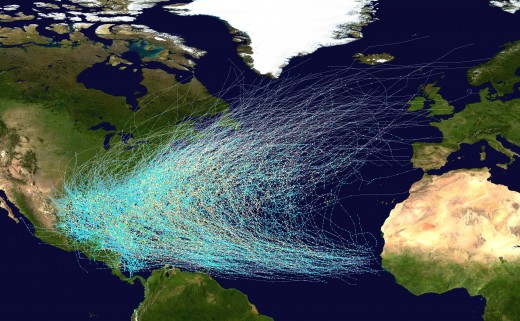
Banqaio Dam Aftermath
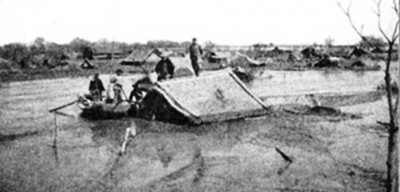
1975 - Typhoon Nina - 4th Highest Death Toll
Typhoon Nina (winds of 185 Kilometres per hour) was not directly responsible for the resulting 220,000 deaths in China. It was the extremely heavy rainfall caused by Nina that resulted in the Banqiao Dam being overwhelmed and collapsing, swamping 11 million homes.
Collage of Most Powerful Ever Tropical Cyclone - Typhoon Tip
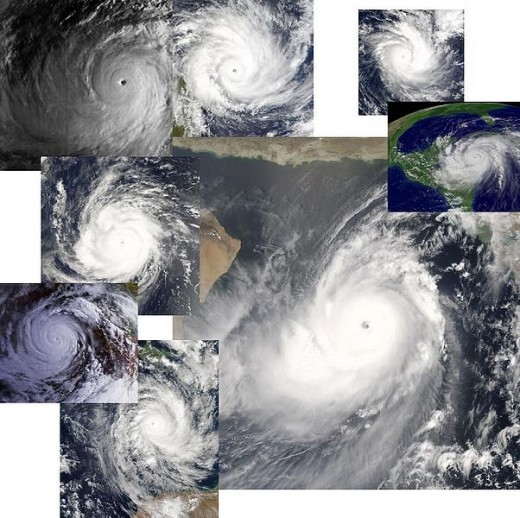
1979 - Typhoon Tip - Largest Ever Wind Storm
Typhoon Tip was the largest ever recorded wind storm with winds of up to 305 kilometres per hour and a wind diameter of 2,220 kilometres (nearly half the size of the continental United States). Tip affected Guam, Japan and the (then) USSR, directly killing 86 people.
Drowning Deaths, Bangladesh 1991
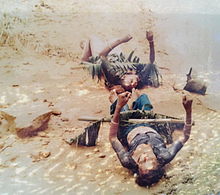
1991 - Bangladesh Cyclone
In August 1991 a wind storm of up to 260 kilometres per hour struck Chittagong, Bangladesh, killing 138,000 people. Most died from drowning. Up to 2 million people were saved as they were able to evacuate in time.
Hurricane Katrina
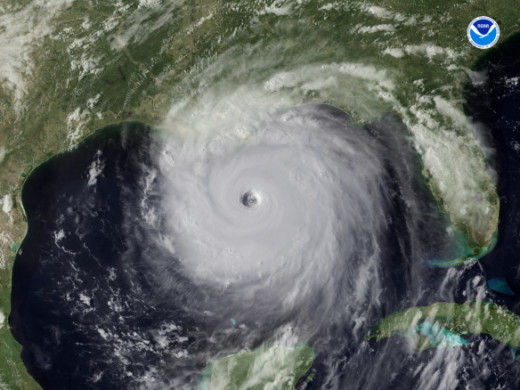
New Orleans Underwater
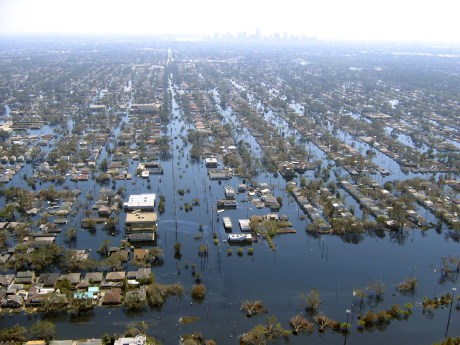
Katrina - Improvised Grave
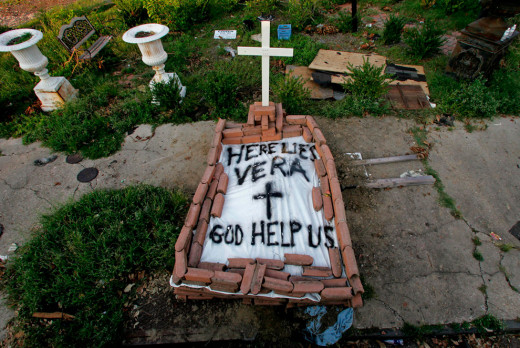
2005 - Hurricane Katrina - Among the Costliest Ever Disasters
In August 2005 Katrina hit Louisiana and Mississippi, as well as other areas of the Southern United States killing 1,833 people and causing $125 billion dollars worth of damage. Winds reached 280 kilometres per hour. Katrina is said to be one of he costliest ever natural disasters.
Millions were left homeless. The worst affected area was New Orleans with up to 80% of the city underwater as a result.
Katrina also caused a political storm in the United States. One of the most controversial aspects of the Katrina aftermath was the slowness of authorities to step in and organise relief, with officials at federal, state and local level coming under fire. New Orleans still has neighborhoods today which have not fully recovered from Katrina.
Burmese Children - Cyclone Survivors
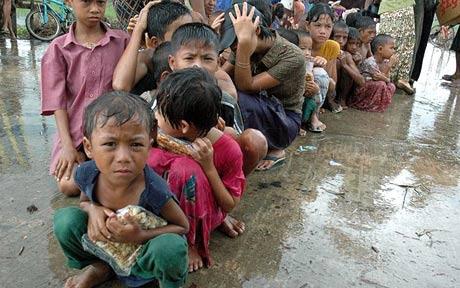
2008 - Cyclone Nargis - Highest Death Rate in Burma
Nargis is thought to have killed at least 138,000 people. It caused $10 billion dollars worth of damage. The name 'Nargis' means daffodil in the Urdu language.
Nargis was controversial because the regime in place in Burma in 2008 refused to allow any international aid to come to the survivors.
Sandy - Jersey Shore Devastation
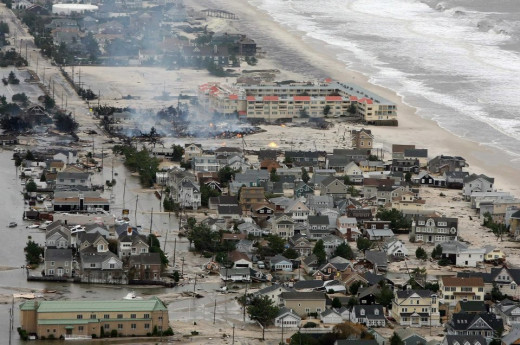
Sandy - North Carolina 12 - buckled from surf impact
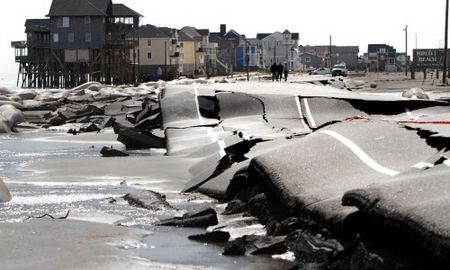
2012 - Hurricane Sandy - Second Costliest Hurricane in USA
Sandy hit the Greater Antilles, Bermuda, the Bahamas, parts of Canada and most of the Eastern United States in October 2012. 147 people were killed directly and $75 Billion dollars worth of damage resulted.
Map of Global Tropical Cyclone tracks 1886-2005
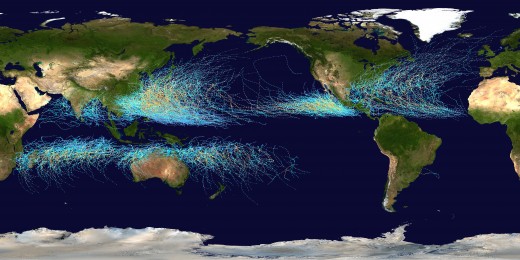
Are Cyclones, Hurricanes and Tornadoes getting Worse?
There is some science that links global warming to increased storm intensity but there is also much science that is inconclusive and even some that is conclusive of there being no such link. Tropical cyclones and tornadoes have occurred through history in varying intensities, and like other natural weather phenomena it is really hard to support the proposition that they are getting worse in intensity or frequency due to climate change. There are too many variables. Weather is by its very nature a balancing act between multiple factors. Continuing increases in urban development mean that when a severe weather event happens, the damage and death toll are likely to be worse than in the past. We are aware of more sever weather events today than we ever were in the past because the media is able to use technology to keep people well informed. Globalisation increases the impact of severe weather events. Interestingly, insurance companies are researching weather patterns and climate change in a bid to predict and protect future earnings.
Tornado Alley Poll
Would you dare to live in Tornado Alley?
Sources
- Wikipedia
- John Pickrell, The Worst natural Disasters in Recent History", ABC Environment, 27 April 2011:http://www.abc.net.au/environment/articles/2011/04/27/3197103.htm
- The 10 Deadliest Storms in History, http://www.msnbc.msn.com/id/24488385/ns/technology_and_science-science/t/deadliest-storms-history/
- Oklahoma tornado survivors return home and begin rebuilding their lives, ABC NEWS, 23 May 2013: http://www.abc.net.au/news/2013-05-22/residents-search-through-wreckage-of-moore-tornado/4706200
- Natural Disasters killed 295,000 in 2010, Sydney Morning Herald, January 4 2011, http://news.smh.com.au/breaking-news-world/natural-disasters-killed-295000-in-2010-20110104-19e06.html
- Hurricane Katrina: Facts, Damage and Aftermath, LiveScience, 12 August 2012; http://www.livescience.com/22522-hurricane-katrina-facts.html
© 2013 Mel Jay


